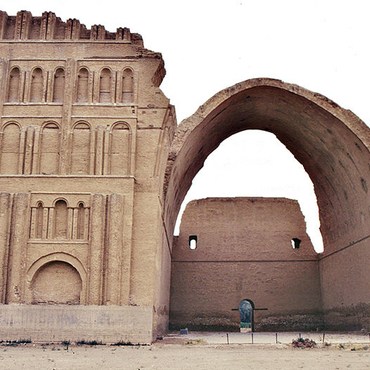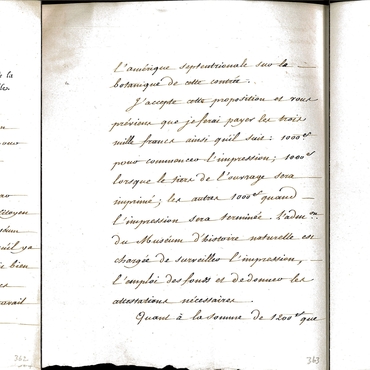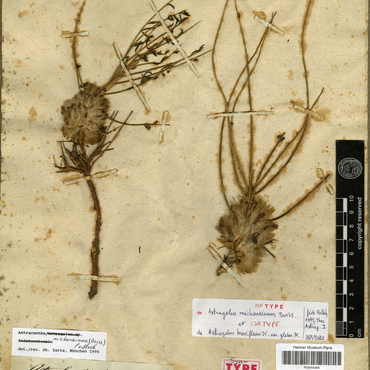
- Home
- The Caillou Michaux
- The finder of the "Caillou”: André Michaux
André Michaux (7 March 1746-11 October 1802) grew up on his family's farm, not far from Versailles, where he learned about plants and the art of herbalism. He attended the lectures given by the king's physician, Lemonnier (1719-1799), and the naturalist Jussieu (1704-1779) at the Grand Trianon. Awarded a botanical patent in 1779, he accompanied the naturalist Lamarck (1744-1829) on a series of missions to the French provinces. In 1782, at the age of 36, he led a scientific expedition to collect rare species from the East for the royal gardens. The cousin of the philosopher Jean-Jacques Rousseau, Jean-François Rousseau, known as Rousseau of Persia (1738-1808), recently appointed French Consul in Basra, was a member of the expedition.
A great traveller
André Michaux travelled across the Near East and explored the gardens of Persia. He brought back several species, which he planted in France. After several weeks in Aleppo, the expedition reached Baghdad in Iraq. Michaux made a close study of the region’s extremely dense irrigation network and explored a number of locations on the outskirts of the Iraqi capital. According to his diary, they found the “caillou” in the “lower Baghdad” region, on the banks of the Tigris, in a place then called Semiramis (now the village of Taq Kasra, "the Iwan of Chosroes"). This village, south of the ruins of the ancient Ctesiphon, is more than likely to be where Michaux came across the kudurru. He may have found the object in situ, and the modern-day village of Taq Kasra could be one of the places mentioned in the kudurru text.
On his return, he published excerpts from his expedition journal in Journal de mon voyage en Perse (Diary of my Travels in Persia). The success of this first expedition earned him the title Royal Botanist.






